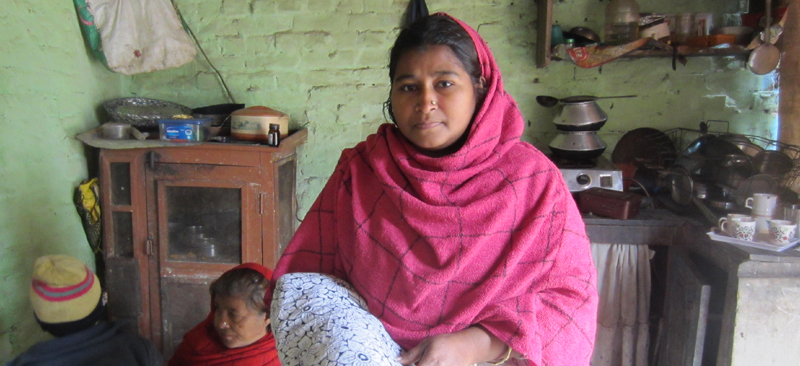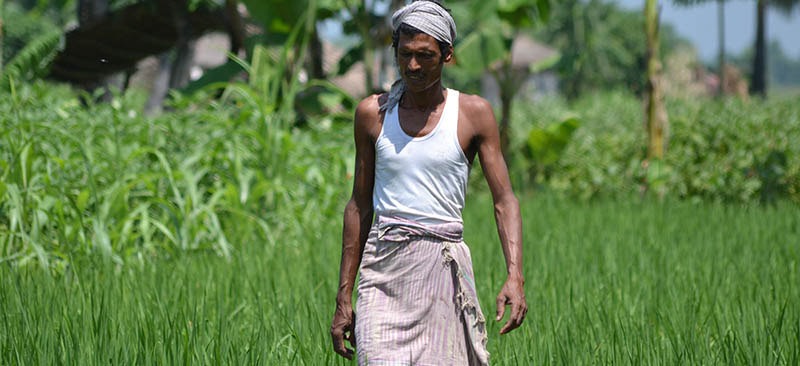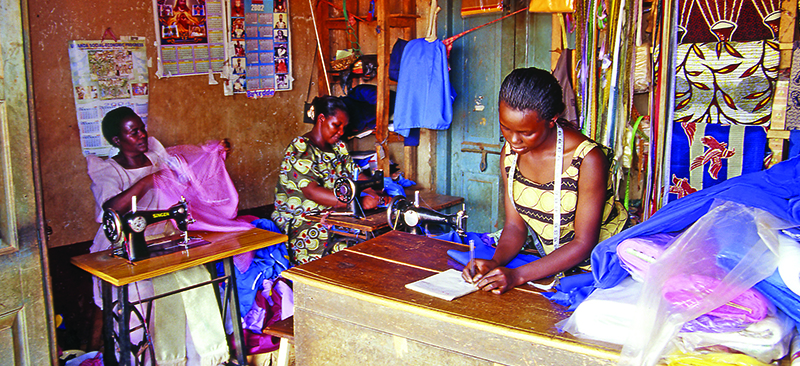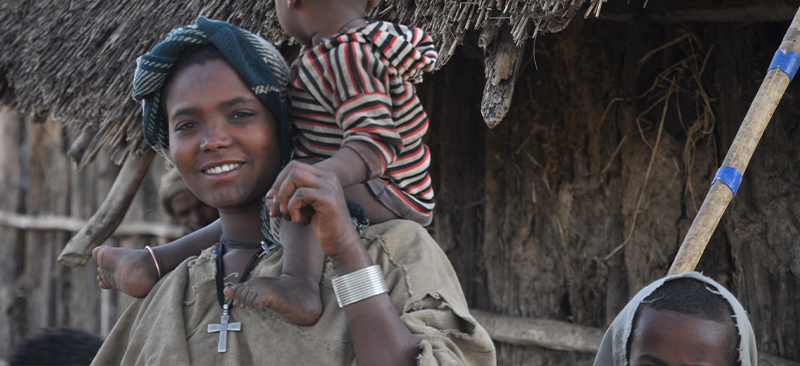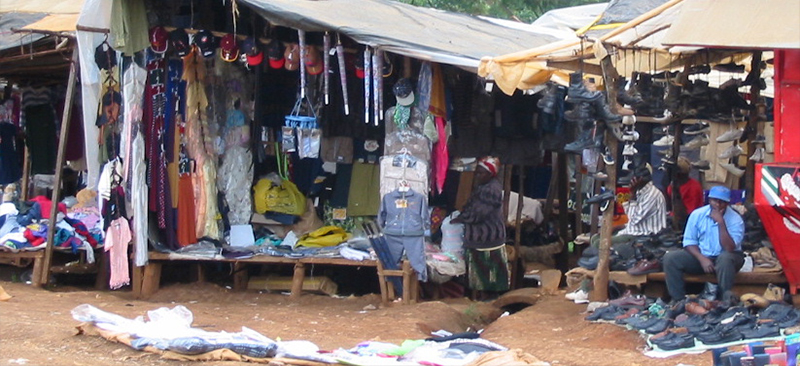In her address at the 2017 Mastercard Foundation Symposium on Financial Inclusion, Tamara Cook, Head of Digital Innovations at FSD Kenya states that disruptive innovations can respond to the daily financial service needs of the poor people.
Blog
Can Disruptive Innovation Respond to the Financial Service Needs of Poor People?
In his address at the 2017 Mastercard Foundation Symposium on Financial Inclusion, Graham Wright, Director, MicroSave asks how fintech providers plan to solve the financial service needs of billions of poor, innumerate and illiterate people across the globe.
A Qualitative Study of Producer Organisations in Select Geographies in India
Different types of farmers and other producer cooperatives or collectives have been in existence in India for years. These collectives are increasingly playing a vital role through advantages of economies of scale and scope. They can be suitable units for interventions to improve incomes and well-being of smallholder farmers, share croppers and landless labourers. Increasingly, there is a sharper focus on nurturing and building robust farmer collectives at scale.
However, very little data or granular insights are available for farmer collectives. MicroSave undertook a short study to fill this information gap. This study covered producer organisations (POs), particularly farmer collectives (FPOs), across seven states in India. The main focus was to assess the current state of these collectives, understand their needs and aspirations and assess the gaps. The report brings out insights on PO forms, organisations, structures, management, governance, operations, business performance, earnings, needs, expectations, maturity levels and several other important aspects regarding farmer collectives.
The relative risks to the savings of poor people
Clearly, this type of external accountability increases the trust of poor people in the institution and thus facilitates the institution’s savings mobilization activities. Thus serious semi-formal sector MFIs should want some form of external accountability.
It is important to improve internal supervision (accounting systems, internal control, governance, adequate transparency to allow members to make their own decisions about the risk associated with saving in the institution etc.). At the same time, the microfinance industry has to search for alternative and appropriate approaches to external supervision, probably a voluntary system based on decentralized, nongovernmental bodies.
What do informal groups teach us about what poor people want in their financial services?
A 2016 FinAccess study indicates that 41% of Kenyan adults use informal financial groups such as merry-go-rounds or chamas whereas only 32% of the population held ordinary bank accounts. Analysts often stress on their unreliability and the risk of loss of money when members of the group default. So, why do so many people continue to use them? What is their enduring appeal?
The research undertaken for Financial Sector Deepening (FSD) Kenya over the last six years demonstrates how Kenyans want their money to help them live well.
Why are friends and family central to the financial choices of Kenyans?
The “big four” financial instruments that Kenyans in the bottom 40% use and consider the most are mobile money, informal groups (chamas), saving at home and borrowing from the social network. Surprisingly, very little consideration has been given to borrowing from social networks. Where it is, it is usually understood to be awkward at the least and cause conflict and break relationships at worst – so as far as policymakers are concerned, it is a category to be avoided.
On the other hand, an analysis shows that there are different types of “borrowing”. This is a term which can also refer to the more specific case of asking in the context of need, in which case this is a category of borrowing that is not necessarily expected to be returned. So is it just because these people do not have access to formal services that these social networks are important or are there dimensions of this borrowing that have an intrinsic value?

